Tag: septic shock

Remote Ischemic Conditioning in Septic Shock
The treatment known as RECO did not significantly reduce the severity of organ failure as measured by the mean daily SOFA (sequential organ failure assessment) score from the start of the study to day 4 in patients with septic... read more
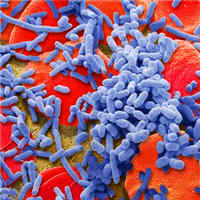
Algorithm that Detects Sepsis Cut Deaths by 18%
Hospital patients are at risk of a number of life-threatening complications, especially sepsis—a condition that can kill within hours and contributes to one out of three in-hospital deaths in the U.S. Overworked doctors... read more
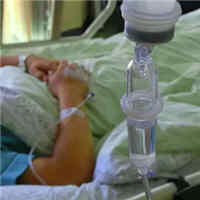
Septic Shock Developing Later During Hospital Stay Associated with Higher Mortality
In-hospital mortality continued to rise as admission-shock-onset-time increased in patients with septic shock. No clear dichotomization between early and late septic shock could be ascertained, and this categorization may... read more

CRT-targeted Fluid Resuscitation vs. Lactate-targeted in Septic Shock
Capillary refill time (CRT)-targeted fluid resuscitation in septic shock was not superior to a lactate-targeted one on early fluid administration or fluid balances. However, it was associated with comparable effects on regional... read more

Public Sepsis Awareness Campaigns Should Be Created Based on Local Data
Although public knowledge of sepsis and its mortality is generally low, some countries have high awareness and knowledge, and as such, any public awareness campaigns should be created based on local data. This will also... read more
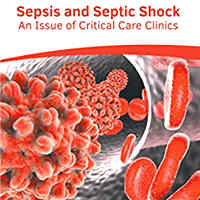
Sepsis and Septic Shock: An Issue of Critical Care Clinics
Shock is caused by the decreased flow of blood to the body tissues due to circulatory system related problems. Sepsis refers to a life-threatening condition where the body causes injury to its own organs and tissues in response... read more
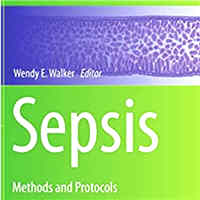
Sepsis: Methods and Protocols
This detailed volume presents a variety of animal models that are commonly used to study sepsis and some key procedures to measure specific disease outcomes. The chapters describe well-established surgical and nonsurgical... read more
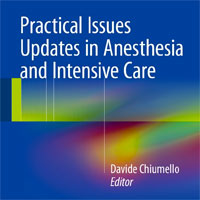
Practical Issues Updates in Anesthesia and Intensive Care
This book describes the state of the art concerning some of the most hotly debated topics in anesthesia and intensive care and is at the same time intended to serve as a useful practical guide that will assist in improving... read more
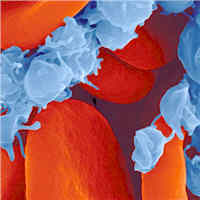
Hemodynamic Management Challenges of Septic Shock
Sepsis is one of the main causes of admission to the Intensive Care Unit (ICU). It is defined as a life-threatening organ dysfunction, caused by dysregulated host response to infection (Singer et al. 2016). Septic shock... read more

Sepsis is scurvy? Vitamin C, Thiamine, and Steroids
I have avoided commenting on vitamin C for sepsis, because commentary seemed rather unnecessary. The hype was obviously ridiculous. The chances of it helping were clearly low. The evidence of benefit was negligible. Others... read more

Septic Shock and Vasopressor Initiation: Why Earlier is Better
An overview of vasopressor management, current evidence and when to initiate vasopressor therapy for best possible patient outcome. Vasopressor management is a cornerstone in the haemodynamic management of septic shock... read more
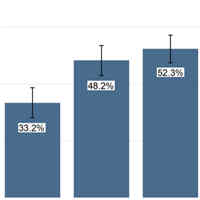
Arterial pH with Hemodynamic Response Association to Vasopressin in Patients with Septic Shock
Compared with higher arterial pH, patients with septic shock and low arterial pH had lower odds of vasopressin response and higher catecholamine doses after vasopressin initiation. Similar to other vasopressors, the clinical... read more
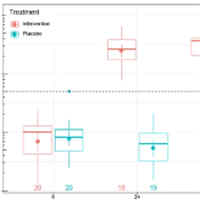
Intravenous Vitamin C Administration to Septic Shock Patients
Our pilot study indicated that intravenous vitamin C did not provide significant decreases in the mean dose or duration of vasopressor infusion. Further research that takes into account the potential impact of intervention... read more
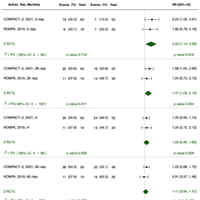
Coupled Plasma Filtration and Adsorption for Septic Shock Treatment
Early deaths are likely related to the ongoing CPFA treatment, for reasons that if identified could allow some deaths to be prevented. We hypothesize a connection to hemodynamic instability consequent on renal replacement... read more




